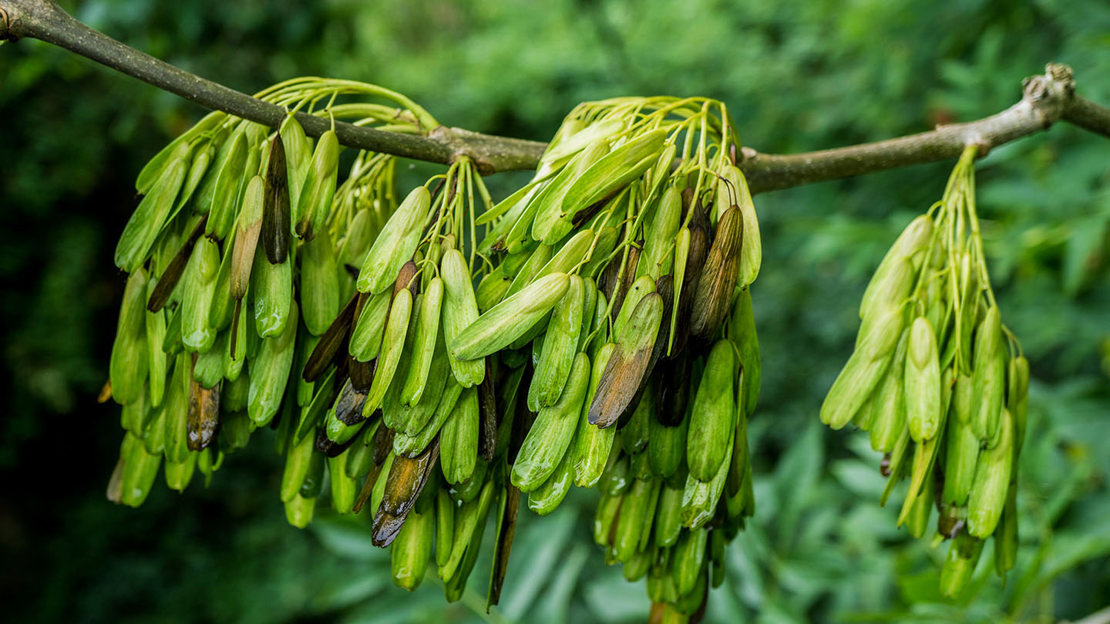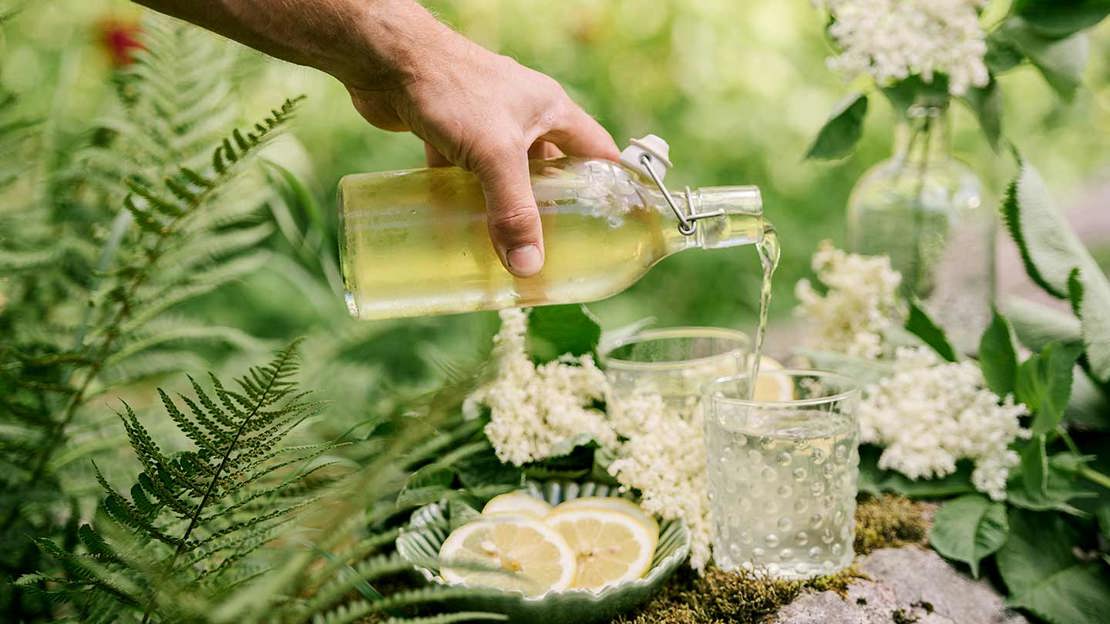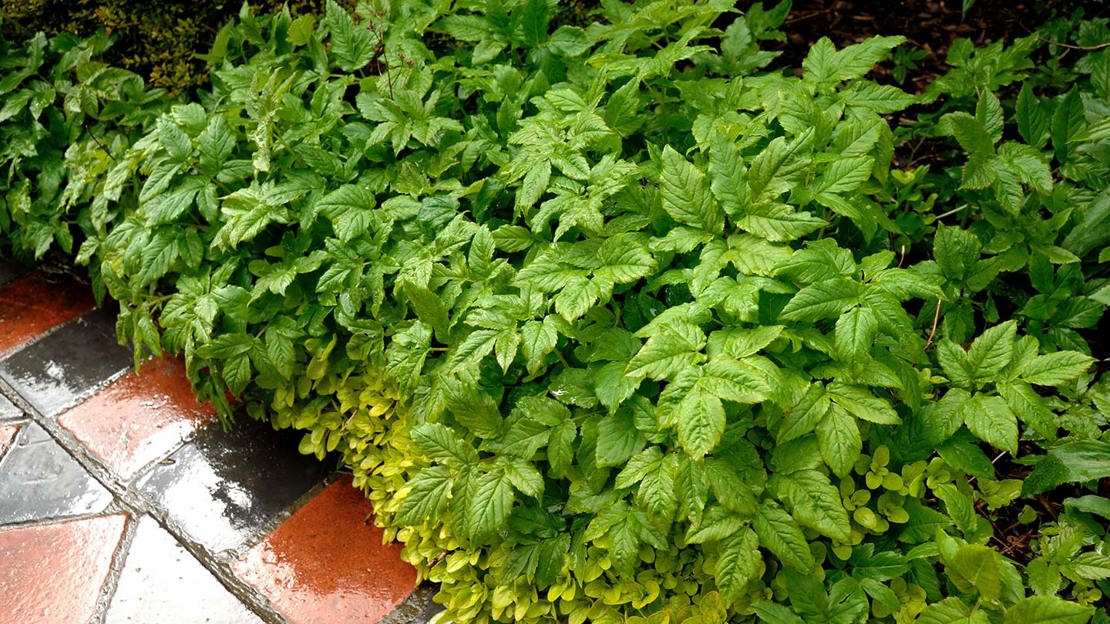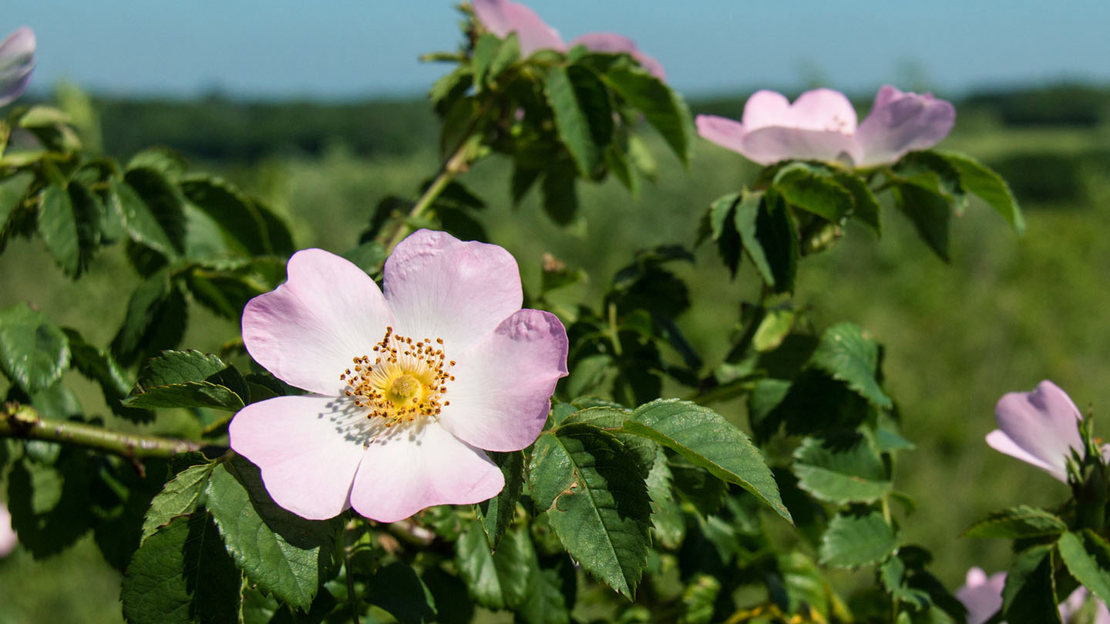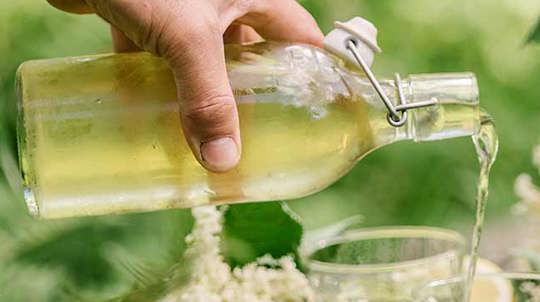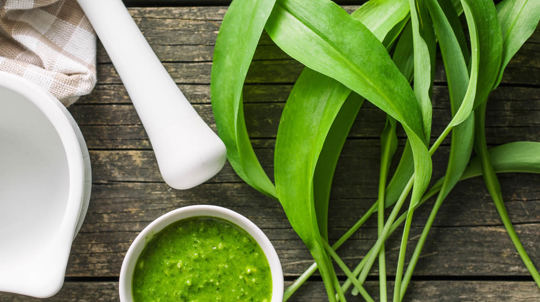How to use it: you’ll need to pick the seeds early to guarantee success. The process involves boiling the keys to extract their bitterness and then pickling with vinegar, sugar and spices. There are several recipes online.
What to look for: pick the seeds when they are very young and green before they develop stringy fibres. To test the tenderness, snap through an ash key to ensure it is crisp and not fibrous.




